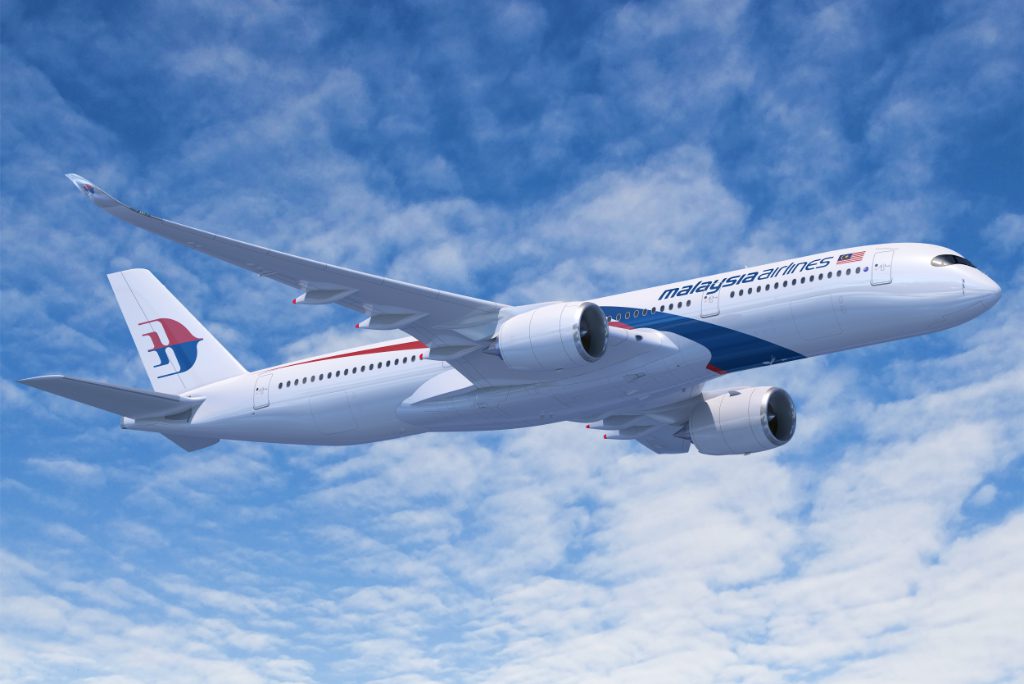Airlines Tweak Their Pricing Strategies to Adopt New Ways to Boost Revenue

Skift Take
Airlines need to shift from forecasting models that rely primarily on historical data to ones that analyze real-time demand. That's how Amazon and other e-commerce companies handle pricing. No wonder travel tech players PROS, Amadeus, Sabre, and Flyr spy an opportunity.
The pandemic caused a plunge in demand that has stumped the software that airlines use for pricing. The airlines have been responding by changing how they forecast demand. The changes are shaking up revenue management, a specialty that airlines have spent hundreds of millions of dollars on in the past decade.
While demand has plunged more than 70 percent on many routes, airlines have tried to keep their pricing power. United cut its domestic U.S. one-way ticket prices only 10 percent year-over-year to $228, including taxes and fees, during the second quarter, according to most recent data yet released by the U.S. Department of Transportation and analyzed by travel data company Cirium. Frontier trimmed fares only 8 percent on average, to $68. Delta trimmed 14 percent to $208, on average.
As airlines rethink their fares, loosening rules, trying continuous pricing, and adopting artificial intelligence techniques are on the agenda. One common goal is to simplify what their customers see.
"We're making the airline easy to do business with," said Vasu Raja, the chief revenue officer of American Airlines, during the a Bernstein investor's conference in October. "That sounds like a strange thing for those who've been around the world of airline revenue management for a long time because probably in no company has there been such, in some cases, byzantine pricing and customer policies."
Many airlines dropped or loosened up restrictions on change fees and refunds. More changes are likely.
"In a world where there's simply not enough customers or demand, which by the way, is a problem that the airlines have never had to do any other crisis, it's imperative that we are easy to do business with," Raja said. "So many of the things that we've clung to, like a historically driven yield management forecast, or certain attributes of the network that impact competitive pricing, are really going to start to change."
Simplification refers to what customers see, not the pricing process. The complexity of these calculations are mind-boggling, as a scan of patents for revenue management techniques filed by travel tech giant Amadeus and the revenue management team at American Airlines in the past few months reveal.
Until the crisis, the revenue management software was a r

